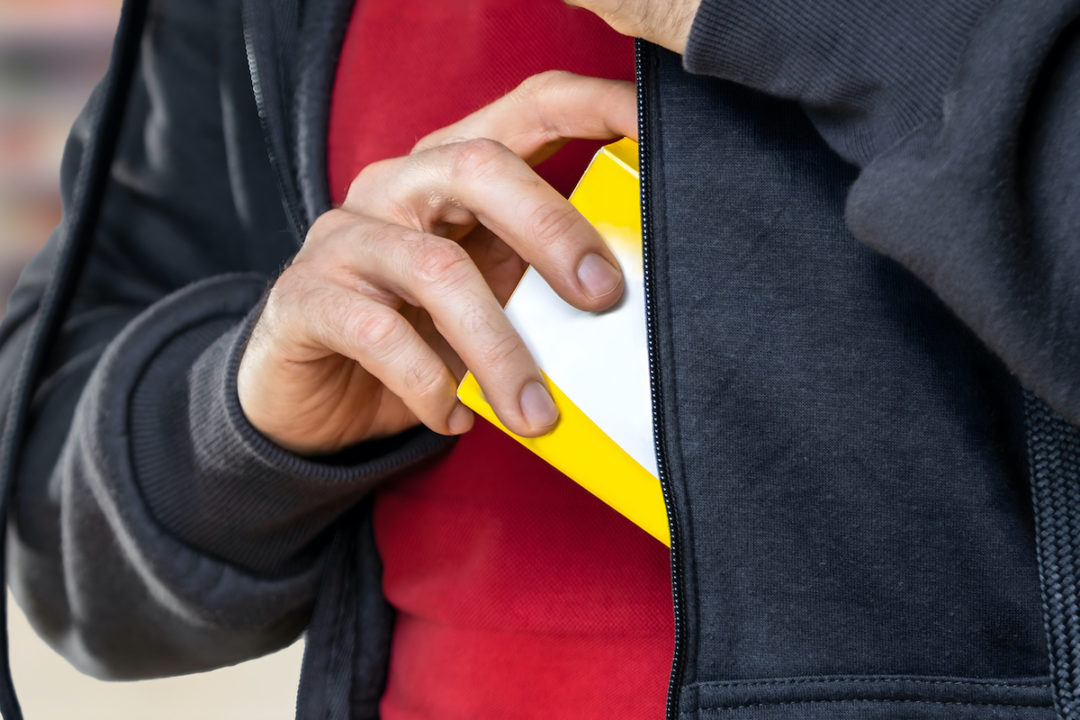
Shrink impacts retailers in multiple ways across the product journey. Whether it’s shoplifters nabbing items off shelves, associates mislabeling products, or organized retail crime syndicates running fraudulent online returns practices, inventory goes missing, and retailers bear the loss.
Yet there’s one station of the retail journey that comes with a little more mystery: the “in-between.” This is where individual items, skids or sometimes entire trailers disappear between distribution center and store, or on their way to the customer’s home.
To better monitor lost or stolen inventory during the last mile of delivery or the shipping process, retailers are gaining more clarity by combining AI with other advanced technologies. Here’s a look at how and why shrink is a massive problem.
Shrink is a billion-dollar problem. The 2023 Retail Security Survey from the National Retail Foundation (NRF) and Appriss Retail detailed $112 billion in loss from shrink in 2023, up from $93 billion the year before. Additionally, a recent OneRail survey of retail executives discovered that two-thirds of respondents were hit with retail losses between $100,000 and $5 million each.
The OneRail survey also interviewed retail shipping leaders and found that a third of them fear increased levels of shrink, notably because retailers rely on one shipping partner or a constrained shipping network. Trucks can get hampered by limited inventory space or unseen shifts in product demand. What’s more, the survey noted that challenges within a shipping network directly impact consumers, with missing inventory ranked as the top reason that a shopper abandons an online cart.
Retailers react to in-between shrink in many ways. Some stores place security on loading docks to protect goods and support trucks offloading items. Others install cameras to monitor suspicious behavior. Retailers can add to these actions and implement artificial intelligence to help shine more light on the darkness of the last mile.
Radio frequency identification (RFID) scanning technology has been around for a while, but it's becoming more accessible to retailers. Electronic product codes (EPCs) are used to uniquely identify each product, pallet or container, allowing them to be tracked throughout the supply chain. Scanners are placed at entry and exit points (sometimes even in trucks), enabling retailers to monitor the location of items at all times.
Retail analytics tools can help identify when and where inventory goes missing or is misplaced. However, without an integrated analytics platform, the RFID data may remain just information, rather than usable insights. Following are some benefits of RFID, AI, and generative AI working together to assist retailers in identifying shrink during the last mile.
Preventing returns fraud. When a fraudster with a receipt of a prior purchase attempts to return an item from a shelf in the store, the EPC code will be identified as not yet purchased. This prevents returns fraud of unpurchased items in its tracks.
Spotting suspicious behavior. Today's retailer supply chains are more complex than ever, with options such as buying online or in-store, picking up in-store, shipping to home, store, or locker, and returning online or in-store. By using AI to track product paths and analyze customer purchase and return histories, retailers can identify suspicious behavior that might otherwise go unnoticed.
Linking RFID data to identify missing items. When an RFID inventory scan reveals that a product has gone missing, a retailer can look up the product to see where and when it was last scanned. Then, teams can watch camera footage to see if the item was indeed stolen or misplaced. With RFID, point-of-sale and other sources of data, AI can quickly read the information and help identify what happened to the missing items.
Auto-creating theft cases. With RFID scanners at all customer exits, a retailer can track every RFID-tagged product that leaves the store. Using POS data, retailers can identify any products that left the store but didn’t get scanned for purchase. When this happens, the loss prevention investigator can be notified of a theft, and along with the video of the exit at the time of the scan, AI can auto-generate a case with evidence, narrative and products taken. All that’s left is to identify the suspect.
For loss-prevention teams, every piece of data can play a role in how companies learn more about shrink and how to reduce it.
Fraudsters are becoming savvier in how they steal products, and tracking inventory is increasingly more complicated in an omnichannel world. Retailers must look to new ways of keeping up with shrink, and that includes monitoring items from the DC to the store, and from the store to the customer’s home.
Technologies like RFID and AI bring exciting new possibilities to help retailers reduce shrink during the last mile. By bringing technology and data together, retailers can keep a close eye on their inventory, keep it on track, and ensure that it reaches its destination.
Jon Ross is senior product manager with Appriss Retail.







